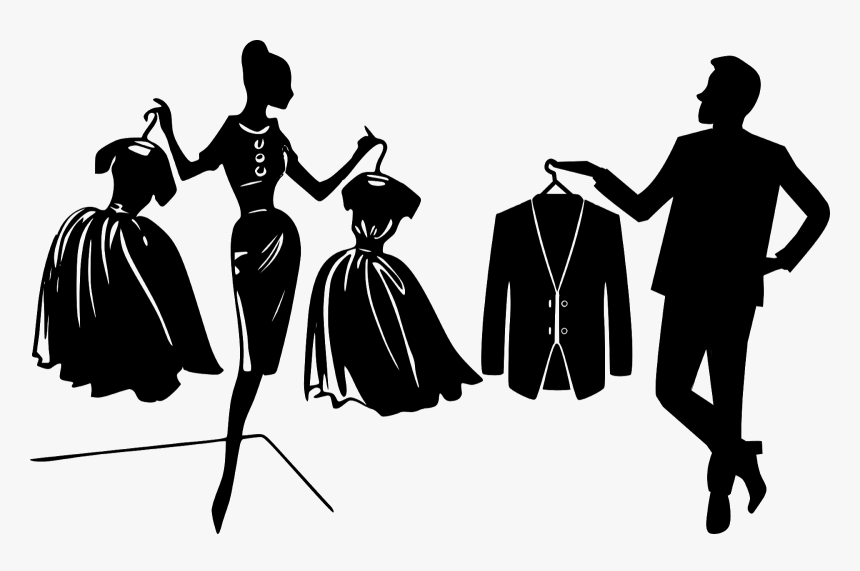Constructing a Sustainable and Ethical Capsule Wardrobe: A 15-Step Approach
The contemporary fashion industry, characterized by rapid trends and disposability, presents a significant challenge to sustainable consumption. This article addresses this challenge by outlining a structured methodology for building a capsule wardrobe that prioritizes both ethical production and environmental responsibility. We will explore key concepts such as the circular economy, slow fashion, and life cycle assessment to guide the reader through the creation of a stylish and sustainable wardrobe. This process involves fifteen key steps, each designed to minimize environmental impact while maximizing wardrobe versatility and individual expression.
- Conduct a Wardrobe Audit: Begin by critically evaluating your existing wardrobe. Employing principles of inventory management, categorize garments based on frequency of use, condition, and alignment with personal style. This assessment informs the subsequent selection of new items, minimizing unnecessary purchases and promoting resource optimization. This process reduces textile waste and aligns with principles of the circular economy, where the life cycle of products is extended.
- Prioritize Quality over Quantity: Instead of frequent, low-cost purchases, prioritize investing in high-quality, durable garments. This approach, informed by the principles of slow fashion, emphasizes longevity and reduces the need for frequent replacements. Opt for natural, durable fabrics and well-constructed pieces. A life cycle assessment of garments would reveal the significant environmental and social benefits of long-lasting apparel.
- Reject Fast Fashion: Actively avoid fleeting trends promoted by fast fashion. Fast fashion, characterized by rapid production cycles and low-quality materials, contributes significantly to environmental pollution and unethical labor practices. Instead, focus on timeless designs and versatile pieces that can be incorporated into multiple outfits, reducing overall consumption. This strategy aligns with the principles of mindful consumption and sustainable living.
- Select Eco-Friendly Materials: Favor garments made from sustainable and ethically sourced materials such as organic cotton, linen, hemp, or Tencel. These materials typically require less water and fewer chemicals during production, resulting in a smaller environmental footprint. Certification programs such as Global Organic Textile Standard (GOTS) provide verification of ethical and environmental standards throughout the supply chain.
- Embrace Second-Hand Shopping: Explore pre-owned clothing options through thrift stores, consignment shops, or online platforms. This practice actively contributes to a circular economy by extending the life cycle of existing garments and reducing the demand for new production. This approach aligns with the principles of resource efficiency and waste reduction.
- Support Ethical and Transparent Brands: Research and support brands committed to fair labor practices, ethical sourcing, and transparency within their supply chain. Certifications such as Fair Trade, B Corp, and GOTS offer verification of ethical standards and sustainable practices. This promotes responsible consumption and supports businesses aligned with ethical values.
- Choose Timeless Silhouettes: Select classic, versatile designs that can be dressed up or down, enhancing adaptability and reducing the need for numerous garments. Understanding body shape and proportion through principles of visual merchandising can aid in selecting flattering, versatile styles.
- Develop a Balanced Color Palette: Build your wardrobe around a core of neutral colors (black, white, gray, navy) that can be easily mixed and matched. Add a few accent colors that complement your complexion to create visual interest. This approach simplifies outfit creation and maximizes wardrobe versatility, reducing overall garment numbers.
- Utilize Sustainable Accessories: Complement your outfits with sustainably produced accessories like bags made from vegan leather or scarves from organic materials. Accessories can significantly impact the overall look of an outfit, reducing the need for extensive clothing changes.
- Prioritize Comfort and Functionality: Select comfortable, breathable fabrics such as organic cotton and linen, promoting well-being and reducing the likelihood of garments being discarded due to discomfort. Comfort and practicality are essential elements of a functional and sustainable wardrobe.
- Invest in Sustainable Footwear: Choose high-quality, durable shoes made from eco-friendly materials, such as PiΓ±atex or recycled materials. High-quality, durable footwear reduces the frequency of shoe purchases, contributing to resource conservation.
- Select Versatile Outerwear: Invest in a high-quality, versatile coat or jacket suitable for various seasons and occasions. Neutral colors ensure compatibility with a wide array of outfits, reducing the need for multiple outerwear options.
- Enhance Style with Sustainable Accessories: Strategically use sustainable accessories like jewelry or watches to add personality and elevate outfits. Accessories can transform a simple outfit, adding value and versatility without the need for additional clothing.
- Consider Bespoke or Tailored Garments: Investing in a few tailored pieces that fit perfectly extends the lifespan and enhances the wearability of your clothing. Well-fitting garments are more likely to be cherished and worn repeatedly.
- Maintain and Repair Garments: Extend the life of your clothing by following care instructions, promptly repairing minor damages, and considering alterations to refresh older items. Proper care and maintenance significantly extend the life of garments, reducing waste and promoting sustainability.
Conclusions and Recommendations: Building a sustainable and ethical capsule wardrobe is a multifaceted process requiring conscious decision-making at each stage. By applying principles of slow fashion, circular economy, and life cycle assessment, individuals can significantly reduce their environmental impact while creating a functional and stylish wardrobe. Further research could explore the development of standardized metrics for evaluating the sustainability of clothing items and brands, providing consumers with clearer information for making informed choices. The impacts of adopting this approach include reduced textile waste, decreased environmental pollution, and the support of ethical labor practices. This methodology is applicable to individuals seeking to minimize their environmental impact and make conscious consumption decisions.
Reader Pool: What are the key barriers to widespread adoption of sustainable and ethical fashion practices, and how can these barriers be addressed through policy, education, and consumer awareness?




No comments yet. Be the first to share your thoughts!